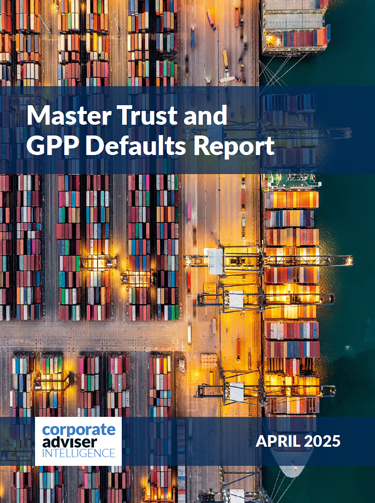Pensions are often considered boring, and many employees ignore them until close to retirement, leaving many with in sufficient funds. The Resolution Foundation reports that around two-in-five working-age individuals or 13 million people are not saving enough to meet even the minimum target for an adequate retirement income.
Improving pension engagement early on could significantly enhance retirement outcomes and using behavioural science could make all the difference.
The government’s recent call for pension providers to offer tailored retirement planning solutions is a much-needed step forward, but addressing the shortfall will require greater involvement from employers and HR teams.
Despite mandatory auto-enrolment, many still lack the savings to achieve a basic standard of retirement living. Data from the Pensions and Lifetime Savings Association highlights that individuals need roughly £14,000 to £43,000 annually in retirement, depending on their desired lifestyle, yet millions fall short of these goals.
Employers and HR departments are in a unique position to help close this gap by changing their approach to pension engagement. Moving beyond auto-enrolment, companies can actively support employees in understanding and planning their retirement journey.
Changing habits to promote action
The Transtheoretical Model of behaviour change , often used in areas like health and addiction, can serve as an effective framework for guiding employees through various stages of pension engagement, gradually building awareness and commitment to retirement planning.
The model, commonly used in psychology to support people in changing long-term habits, sees people go on a journey through different stages: Precontemplation (not ready), Contemplation (getting ready), Preparation (ready), Action, and Maintenance.
Each stage involves different levels of awareness, motivation, and need for support, which can be addressed by adapting pension communication and engagement strategies. Here’s how the model could guide employees along their pension journey:
Stage 1 – Precontemplation: Employees may not consider pension planning important, especially if they are far from retirement. To address this, companies can focus on raising awareness of the importance of early savings and the benefits of compounding interest over time. Digital tools that illustrate the impact of current savings on future income can make the consequences more tangible and encourage initial engagement.
Stage 2 – Contemplation: As employees start considering the need for retirement savings, they may feel uncertain or overwhelmed by the perceived effort and complexity. Simplified guidance and educational resources can ease this transition. HR departments can provide seminars, self-assessment tools, and personalised pension reports to help employees estimate their retirement needs and understand how adjusting contributions can improve outcomes.
Stage 3 – Preparation: When employees decide to take an active interest in their pensions, especially if they’re close to retirement, they need accessible, tailored advice. Offering interactive tools such as income modelling calculators or retirement planning webinars can empower employees to take actionable steps toward financial readiness. This is also an opportune moment to introduce decision-making tools that guide employees in choosing between options like annuities or drawdown schemes.
Stage 4 – Action: In the action phase, employees are ready to make concrete changes, such as increasing contributions, consolidating pension pots, or setting a target retirement date. This is where personalised financial advice or one-on-one consultations with a pension adviser can help them make confident, informed decisions.
Stage 5 – Maintenance: To sustain engagement, regular check-ins and updates are crucial. Reminders about retirement goals, combined with accessible, ongoing financial education, help employees stay aligned with their retirement objectives and make adjustments as needed.
By guiding employees through these stages, this framework encourages a progressive, supportive approach to pension planning that builds confidence and reduces overwhelm. The model shifts the focus from merely providing pension information to creating a structured journey that leads employees to actively participate in securing their future. Ultimately, with HR’s proactive support, employees can feel more informed and prepared, helping them achieve financial security for the retirement years ahead.
BOX: Case study: Punter Southall’s Pension Potential
Punter Southall recently applied the Transtheoretical Model in redesigning their digital retirement solution, Pension Potential. Despite the clear added value of using this service, when employers referred their employees that where within six months of their retirement date to the service, over 90% dropped out of the online journey before they finished. This highlights the low engagement in pensions experienced across the industry despite the employee having an actual need to engage to secure their retirement income
Since implementing this model, the dropout rate for employees within six months of retirement has fallen to under 20%, with positive feedback highlighting strong support despite the online format. While this approach specifically aids those nearing retirement, it demonstrates the value of a structured engagement strategy over simply relying on design and visuals. Proactively supporting employees in retirement planning can help HR teams ensure a more financially secure future for their workforce.





